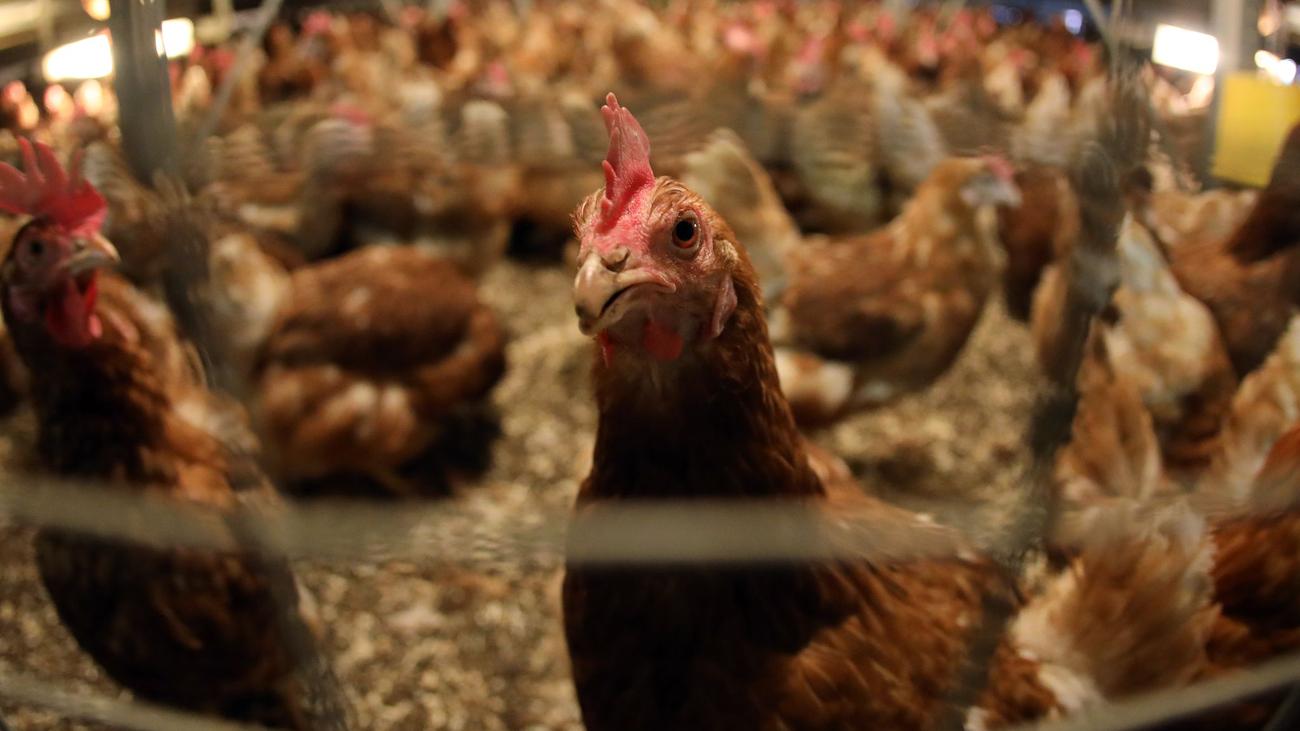
Wassertrüdingen Slaughterhouse Scandal Deepens: Firings, Investigations, and Supply Concerns
The fallout from alleged severe animal welfare violations at a poultry slaughterhouse in Wassertrüdingen, Bavaria, continues to unfold, with significant repercussions for employees, the facility’s future, and the broader poultry processing landscape. Four former employees, initially suspended following the emergence of damning video evidence, have now been officially terminated from their positions. The company’s legal representative, based in the Ansbach district, confirmed the dismissals in response to inquiries from the "Nürnberger Nachrichten" newspaper.
The question of when, or even if, the slaughterhouse will resume operations remains unanswered. The company’s lawyer declined to provide a definitive timeline when contacted by the German Press Agency (dpa), citing that such decisions are inherently business-related and will be addressed in due course. This ambiguity casts a shadow over the facility’s long-term viability and its role within the region’s agricultural infrastructure.
The closure of the Wassertrüdingen slaughterhouse has triggered concerns at the highest levels of the Bavarian government. Michaela Kaniber, Bavaria’s Minister of Agriculture, publicly voiced her apprehension about potential bottlenecks in poultry slaughtering capacity within the state. The facility, according to the Control Authority for Food Safety and Veterinary Affairs (KBBLV), is the largest slaughterhouse for spent laying hens in Bavaria and one of the largest nationwide. Its significant operational scale underscores its importance to the industry.
Annually, the Wassertrüdingen slaughterhouse processes approximately eleven million laying hens and one million parent broiler chickens. At its peak, the facility slaughters up to 60,000 laying hens per day, with the carcasses primarily used for producing soup hens. The KBBLV highlights the limited availability of similar facilities, noting only one comparable slaughterhouse for laying hens, located in Northern Germany. This geographic concentration of processing capacity amplifies the potential impact of the Wassertrüdingen closure on supply chains and market dynamics.
Criminal investigations are now underway, spearheaded by the Ansbach Criminal Police, as confirmed by the public prosecutor’s office. A spokesperson for the prosecution stated that the investigation involves a thorough review and assessment of the video evidence that initially triggered the scandal. Furthermore, authorities are actively exploring additional investigative measures to comprehensively understand the scope and nature of the alleged offenses. The specifics of these potential measures remain undisclosed, but they likely include interviewing witnesses, examining internal records, and conducting on-site inspections.
The controversy erupted following the release of video footage by an animal rights organization in late April. The videos allegedly depict disturbing treatment of live poultry by slaughterhouse employees. The graphic content sparked widespread outrage and condemnation, prompting immediate calls for a thorough investigation and accountability. The visual nature of the evidence has amplified the public’s emotional response to the allegations and intensified pressure on authorities to take decisive action.
The accusations detailed in the video footage, if proven true, represent a clear violation of Germany’s strict animal welfare laws. These laws are designed to protect animals from unnecessary suffering and ensure humane treatment throughout their lives, including during slaughter. The alleged mistreatment of poultry at the Wassertrüdingen slaughterhouse raises serious concerns about the effectiveness of existing oversight mechanisms and the commitment of some industry actors to upholding ethical standards.
The incident has triggered a broader debate about the welfare of farm animals in Germany and the conditions under which they are raised and slaughtered. Animal rights activists have seized upon the Wassertrüdingen case to highlight what they perceive as systemic problems within the intensive animal agriculture industry. They are calling for stricter regulations, increased monitoring of slaughterhouses, and greater transparency in the food production process.
The Wassertrüdingen slaughterhouse scandal also raises questions about the role of consumers in driving ethical practices within the food industry. Many consumers are increasingly demanding higher welfare standards for farm animals and are willing to pay a premium for products that meet those standards. This growing consumer awareness is putting pressure on food companies to adopt more sustainable and humane practices.
The investigation into the Wassertrüdingen slaughterhouse is likely to be complex and lengthy. Prosecutors will need to gather and analyze a wide range of evidence to determine the extent of any criminal wrongdoing. If charges are filed, the case could have significant legal and financial consequences for the company and its employees.
The ultimate fate of the Wassertrüdingen slaughterhouse remains uncertain. The facility’s future will depend on the outcome of the criminal investigation, the company’s ability to address the alleged animal welfare violations, and the broader economic and regulatory landscape for the poultry industry. However, one thing is clear: the scandal has already had a profound impact on the facility, its employees, and the wider community.
Beyond the immediate repercussions, the Wassertrüdingen case serves as a stark reminder of the importance of ethical and sustainable practices in the food industry. It underscores the need for robust oversight, transparency, and a commitment to animal welfare at every stage of the production process. The incident also highlights the power of video evidence and investigative journalism in holding companies accountable for their actions. The long-term consequences of this scandal are likely to shape the future of poultry slaughtering practices in Bavaria and beyond.
